Taking action to address sewage pollution is critical to Buffalo Niagara Waterkeeper’s Advocacy work.
When it rains in Western New York, raw sewage and untreated stormwater often flows into many of our creeks, lakes, and rivers. Throughout the Great Lakes, aging sewage infrastructure presents an increasing threat to our freshwater resources and human health.
We are focusing on the following activities around the Sewage Pollution issue:
Regularly monitoring our waterways for harmful bacterial pollution caused by sewage overflows and notifying and educating the public on results.
Keeping communities informed on local municipal efforts to improve infrastructure and holding agencies accountable to make steady progress.
Background
Sewage pollution is one of the greatest ongoing threats to the Great Lakes and our regional waterways and causes a multitude of water quality problems including bacteria, algae blooms, foul odors, and aesthetic impacts.
These issues will be made worse by climate change as models predict increased rainfall annually and more frequent severe storms in our watershed. Understanding the sewage system in your local community will shed light on the potential for sewage pollution.
In many older cities, like Buffalo and Niagara Falls and in some first ring suburbs, rain running into street drains and sewage from homes and businesses enter shared pipes underground. These pipes have an overflow opening into local rivers and streams to prevent waste from backing up into basements during heavy rain events. This is called a combined sewer system. When an intense storm event occurs, the sewer system is overwhelmed. This results in a portion of the combined storm and sanitary water from not entering the treatment facility and discharging into local water bodies. It is important to note that these systems were designed this way in order to prevent sewage backups into homes and businesses, but have a large negative impact on water quality affecting humans and wildlife.
Combined Sewer Overflows (CSOs)
are important to locate because they often discharge highly-polluted runoff that can be dangerous for human contact. Raw sewage and other pollutants such as animal waste, litter, motor oil, yard clippings, fertilizers and pesticides also drain into the local waterways, harming the environment. There are currently about 800 CSO outfalls in New York state, covered under a municipal wastewater treatment plant’s State Pollutant Discharge Elimination System (SPEDES).
Bacterial Monitoring and Swim Guide
If viewing this page on mobile, click the button below to view our E.coli water sampling map.
We are focusing on educating the public on risks from sewage pollution and ways that citizens can help. We will post our bacterial monitoring updates to Swim Guide to better inform water recreationists.
Buffalo Niagara Waterkeeper works with Swim Guide to deliver free water quality information for waterways in Western New York. Buffalo Niagara Waterkeeper Staff and volunteers collect water samples in Western New York and analyze for E. coli. Sample sites are either popular for water recreation or near combined sewer outfalls. Samples will be processed in house using Coliscan Easygel. Results are typically available after 48 hours. Results are compared to the US EPA Beach Action Value of 235 E. coli / 100 mL for a single sample.
Swim Guide helps you easily find your closest beaches and know at a glance which ones are safe for swimming. Swim Guide delivers free real-time water quality information for over 7,000 beaches, lakes, rivers, and swimming holes around the world.

We are also working with state wide advocacy groups to educate elected officials and advocating for increases in funding for sewage and clean water infrastructure. Help spread the word about Sewage Pollution Threats by sharing Buffalo Niagara Waterkeeper Social Media posts and contact your elected representatives when there is an opportunity to advocate for increased sewage infrastructure funding.
Help Reduce Overflow Events
Reduce the amount of rainwater going into the storm system on your property by:
Never Flush the Following
Definitions
CSO: Combined Sewer Overflow
Sewer System: Network of pipelines that collect and transport waste (sanitary and/or stormwater) to either a wastewater treatment plant or the receiving waters.


